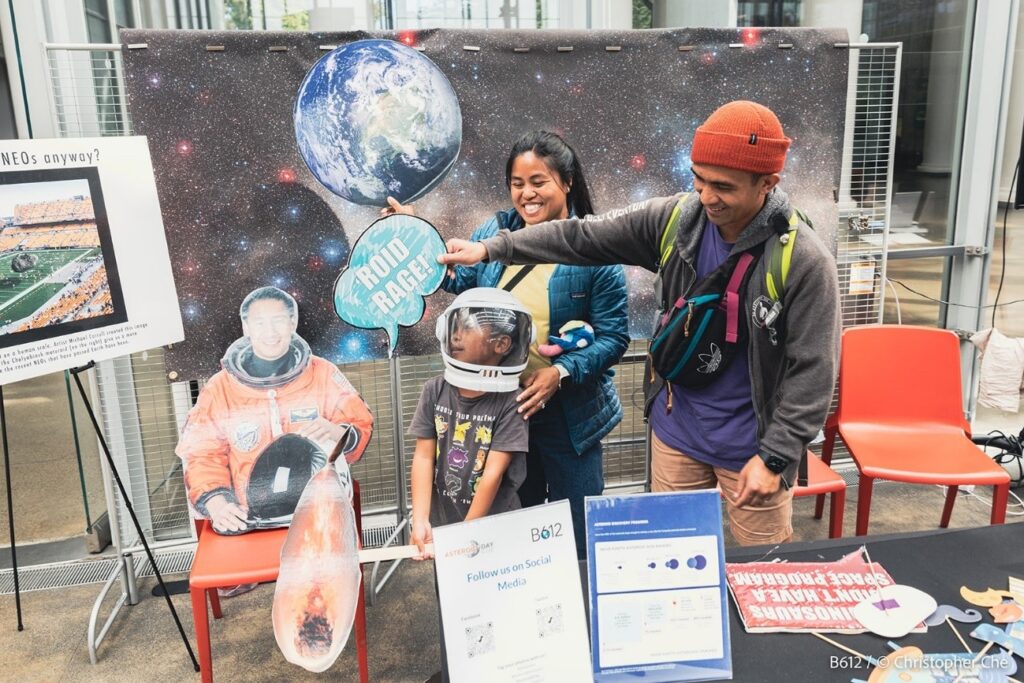
Science-oriented initiatives like Asteroid Day spark remarkable creativity in children. Photo: B612 Foundation.
By Mariana Meneses and James Myers
Citizen science has always played an important role in humanity’s discovery and deployment of knowledge.
As the capabilities of our technology advance, so does the potential of citizen scientists to make invaluable breakthroughs that will change the course of time and shape of the future.
One important field in which citizen scientists are making a difference is planetary defense, the coordinated efforts underway to protect Earth from asteroids and comets that could pose a threat to all life. Asteroid Day, an annual event celebrated each June 30 and July 1, is an initiative of the Asteroid Institute, a program of the B612 Foundation aiming to educate the public about asteroids and space. This UN-sanctioned global awareness campaign inspires even the youngest minds with an interest in science – and you might be surprised at how young scientists are contributing to our understanding of the universe, and aiding in planetary defense!
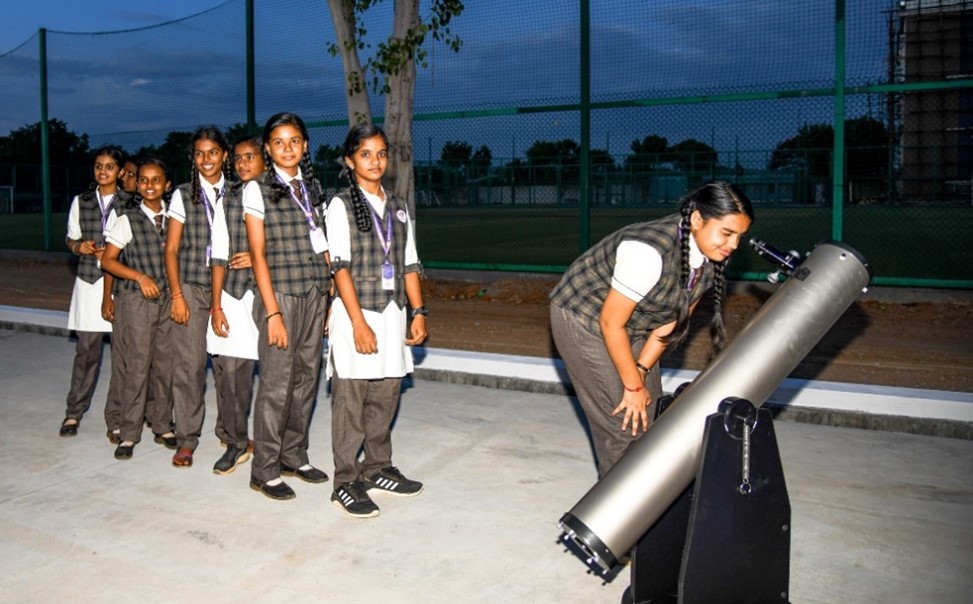
The Rising Power of Citizen Science: Enthusiasts Become Agents of Change
For instance, in 2022, NASA recognized a 5-Year-Old Brazilian as the world’s youngest discoverer of asteroids.
Miro Latansio Tsai, from São Paulo, was honored by NASA for discovering a total of 15 asteroids that have now been confirmed by the American space agency. Miro has always been interested in subjects related to astronomy and science, and during the quarantine, he saw an advertisement for a project to hunt for asteroids, from the International Astronomical Research Collaboration. The asteroid hunting project is targeted at middle school, high school, and college students, and reports that over 5,000 citizen scientist participants, from over 700 schools in 80 countries, have identified 1,300 asteroids, including two that are potential hazards to Earth.
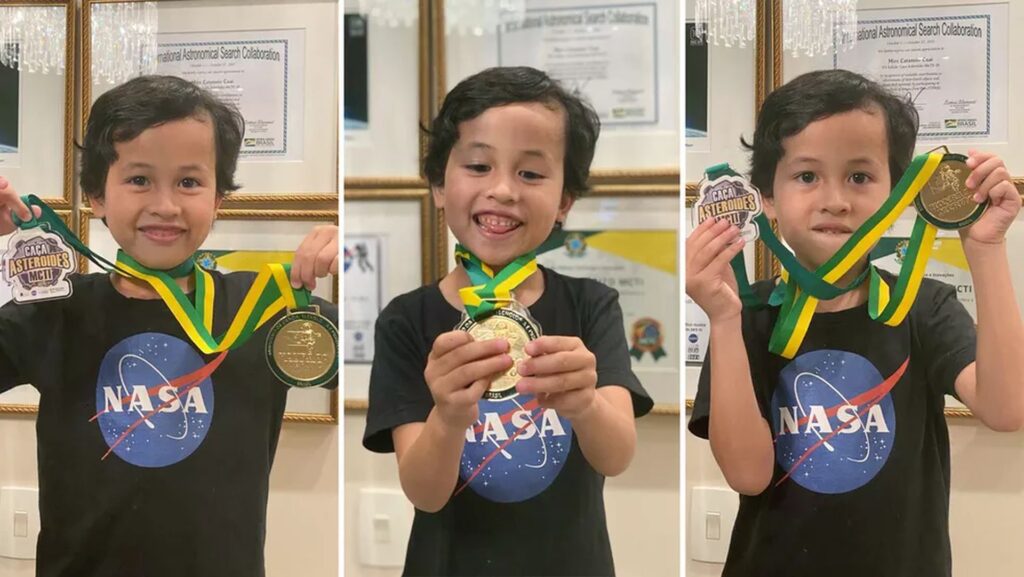
Miro Tsai was the youngest person to discover an asteroid. Word Today News.
Citizen science has played a crucial role both in the past and present, albeit for different reasons.
In history, citizen scientists like Mary Anning, who lived from 1799-1847, made significant discoveries, unearthing important dinosaur skeletons to advance the science of paleontology. However, with the advent of big data and AI machine learning, citizen science now possesses another formidable strength: the power of numbers.
Today’s technological advances allow thousands of citizen scientists from all corners of the globe to come together within days to aid in discoveries that would otherwise take years or even decades to accomplish. This collaborative approach harnesses the collective potential of enthusiasts worldwide, accelerating the pace of scientific breakthroughs and fostering a deeper understanding of our planet and beyond.

Power in numbers: teamwork can help bridge the gaps in knowledge. Image: Winston Rosario
Recently, citizen scientists, in collaboration with the SETI Institute, achieved a record-breaking milestone by providing data on supernova (SN) 2023ixf, from the highest number of observers ever contributing to a single event.
The observations, made using Unistellar’s eVscope, began just an hour after the supernova’s appearance and resulted in the longest continuous light curve observed by citizen scientists for this type of event. The data, gathered from 123 observers and 115 telescopes, offered valuable insights into the behavior of this supernova, which occurred in the Pinwheel Galaxy approximately 21 million light-years away. The success of this citizen science campaign demonstrates the significant contributions amateurs can make to astronomical research, and they will continue their efforts to investigate similar events when the Vera C. Rubin Observatory becomes operational next year.

The Crab Nebula, a six-light-year-wide expanding remnant of a star’s supernova explosion, as revealed by the Hubble Space Telescope. Credit: NASA/ESA
There are many people who have made significant contributions to science through their work as amateur scientists, naturalists, and observers.
Another example is Maria Sibylla Merian (1647-1717), a naturalist and scientific illustrator who made significant contributions to the field of entomology. While neither she nor Mary Anning were formally trained in science, their observations and discoveries have provided a lasting benefit to our understanding of the natural world.
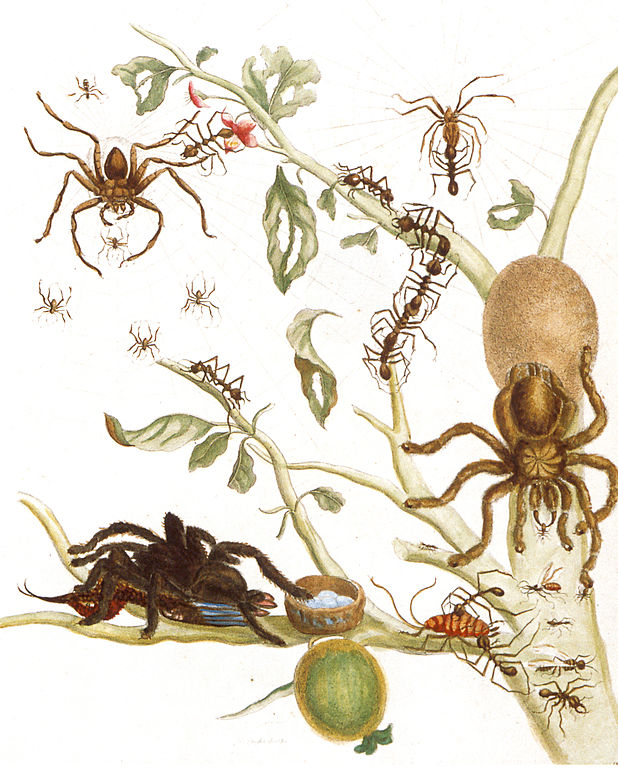
Maria Sibylla Merian (1705). Colored copper engraving from Metamorphosis insectorum Surinamensium, “Spiders, ants and hummingbird on a branch of a guava”. Source: Wikipedia
From a young age, Merian developed a fascination with insects, collecting them and raising silkworms at just 13 years old.
Her groundbreaking achievements came with the publication of two volumes on caterpillars in 1679 and 1683, comprising 50 finely engraved plates of various insect species and their life cycles, along with descriptions of host plants. In 1699, she embarked to Suriname to study and document tropical insects, culminating in the publication of “Metamorphosis insectorum Surinamensium” in 1705, which greatly influenced naturalists of her time with its vividly colored illustrations of ‘New World’ animals. Maria’s meticulous observations and documentation of butterfly metamorphosis solidified her legacy as one of the most important entomologists of her generation.
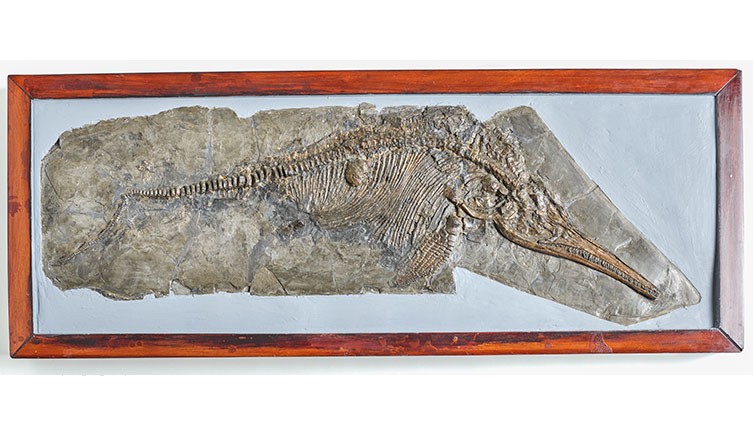
Skeleton of Ichthyosaurus anningae, discovered by Mary Anning. Source: Natural History Museum
Mary Anning was an extraordinary English fossil collector, dealer, and paleontologist who was born on May 21, 1799, in Lyme Regis, Dorset, England.
She became renowned worldwide for her remarkable discoveries in the Jurassic marine fossil beds along the English Channel. Even as a child, Anning showed an unparalleled passion for fossil hunting. At the tender age of twelve, she launched a career of significant discoveries, unearthing the first correctly identified skeleton of an ichthyosaur, a prehistoric marine reptile. Her keen eye and determination led to more groundbreaking findings, including the first two nearly complete plesiosaur skeletons discovered outside Germany, and various fish fossils.
Her early contributions to paleontology played a pivotal role in shaping scientific thinking about prehistoric life and Earth’s history, firmly establishing her as a pioneering figure in the field.
The Natural History Museum has called Anning ‘the unsung hero of fossil discovery’, because her contributions met many obstacles to recognition:
“Despite her growing reputation for finding and identifying fossils, the scientific community was hesitant to recognize her work. Male scientists – who frequently bought the fossils Mary would uncover, clean, prepare and identify – often did not credit her discoveries in their scientific papers on the finds, even when writing about her groundbreaking ichthyosaur find. Even the Geological Society of London refused to admit her – in fact, they didn’t admit women until 1904.”
But she will be forever remembered for her important contributions, as a new species she helped discover would, many years later, be named after her. In 2015, paleontologists Dean Lomax and Judy Massare made an exciting discovery of a new species of ichthyosaur, which they named Ichthyosaurus anningae, in honor of Mary Anning. This species lived during the early Jurassic period in what is now the United Kingdom, around 189 to 182 million years ago. interestingly, one of the specimens studied in their research was found by Mary Anning herself.
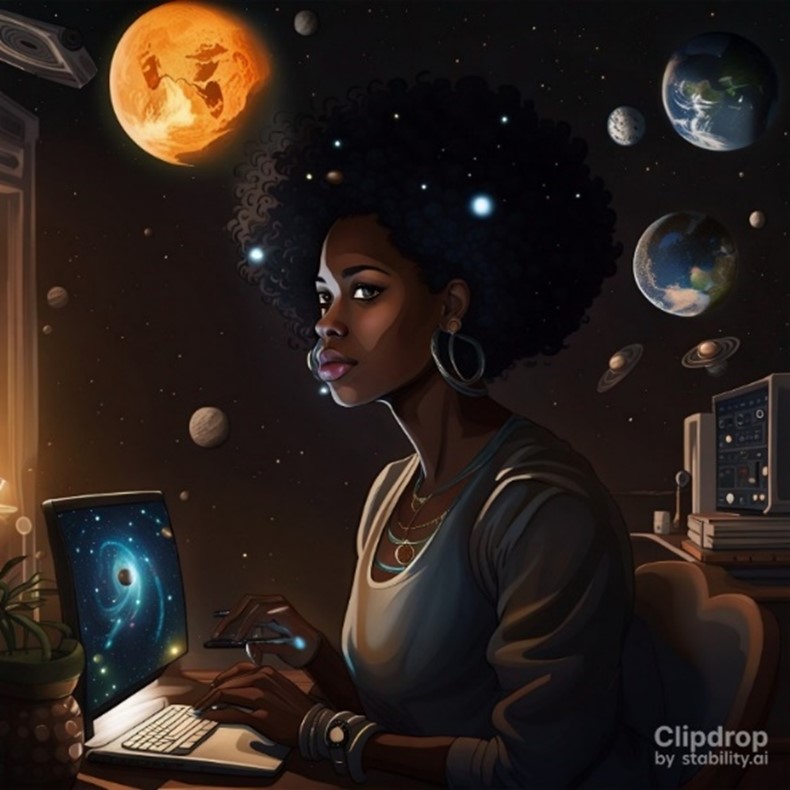
Image generated using ClipDrop.Co.
You, too, could help make a difference.
This edition of The Quantum Record reports on a number of citizen science projects in different fields that are currently open for participation. Plus, in the first episodes of our new podcast, The Quantum Feedback Loop, you can listen to scientists whose work is being advanced by hundreds of citizen scientists like yourself. Don’t miss out!
If you are interested in exploring related topics, you can check these recommended TQR articles:
- Technology Fuels Advances in Citizen Science
- Asteroid Detection Systems and The Science of Planetary Defence
- Asteroid detection: Will an asteroid soon hit Earth? Short answer is “probably”
- Searching For Martian Life with X-Ray Crystallography



